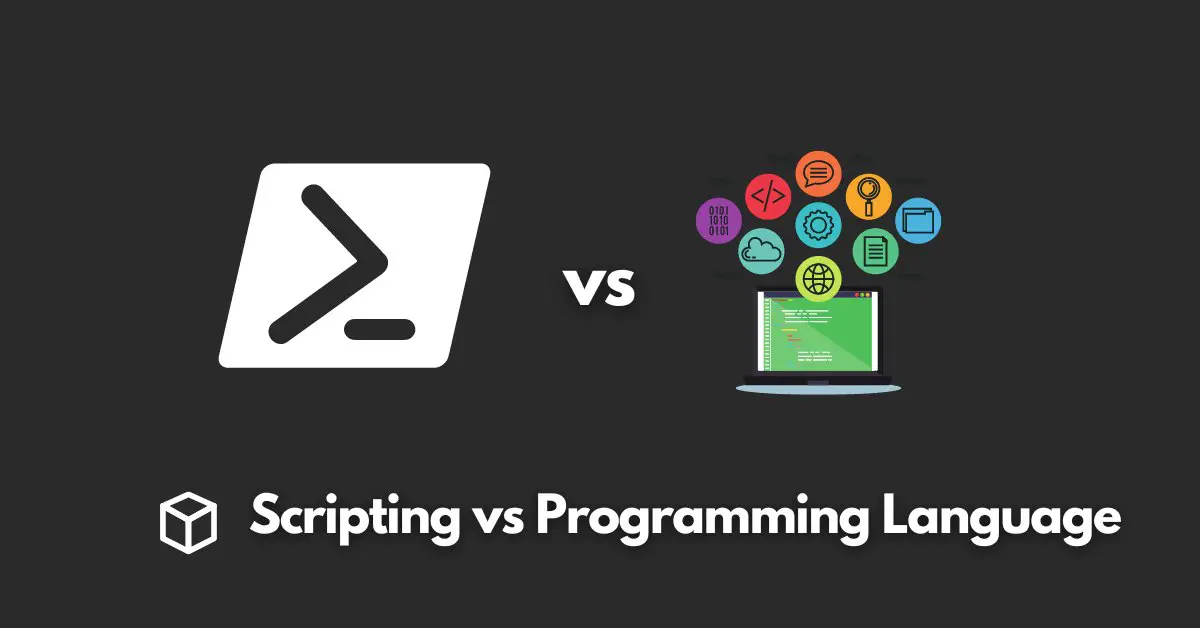It’s important to understand the differences between scripting languages and programming languages.
In this article, we’ll take a detailed look at what sets these two types of languages apart, their respective use cases, and the advantages of using each one.
Scripting Languages: A Definition
Scripting languages, also known as “glue” languages, are used to automate repetitive tasks and to control the execution flow of other software.
They are often used in web development, system administration, and automation. Some popular examples of scripting languages include Python, JavaScript, Perl, and Ruby.
One of the biggest advantages of using scripting languages is that they are relatively easy to learn and use.
They are also well suited for fast development, making them a popular choice for small-scale projects.
Additionally, many scripting languages have large and active communities, which can be a great resource for new developers.
Programming Languages: A Definition
Programming languages, on the other hand, are used to create standalone software or to control the behavior of hardware.
They are often used in systems programming, mobile development, and game development. Some popular examples of programming languages include C++, Java, and C#.
One of the main advantages of using programming languages is their performance and scalability.
Because they are designed for more complex projects, they often have more advanced features and can handle larger amounts of data.
Additionally, many programming languages are more suited for low-level tasks, such as memory management and multi-threading.
Differences between Scripting Languages and Programming Languages
While scripting languages and programming languages may have some overlap in their functionality, there are several key differences between the two.
First, the syntax of scripting languages is often simpler and more human-readable than that of programming languages. This makes scripting languages easier to learn and use for beginners.
Second, scripting languages are typically interpreted, while programming languages are compiled.
This means that scripting languages are executed line by line, while programming languages are translated into machine code before they are executed.
Third, development time is often faster with scripting languages, as they are better suited for small-scale projects.
In contrast, programming languages are better suited for large-scale projects with more complex requirements.
Lastly, the use cases for scripting languages and programming languages are different.
Scripting languages are used to automate repetitive tasks and control the execution flow of other software, while programming languages are used to create standalone software or control the behavior of hardware.
Conclusion
In conclusion, both scripting languages and programming languages have their own unique set of advantages and use cases.
If you are a beginner and looking to automate repetitive tasks or control the execution flow of other software, then scripting languages like Python, JavaScript, Perl, and Ruby are the best choice.
However, if you are looking to create standalone software or control the behavior of hardware, then programming languages like C++, Java, and C# are a better fit.
It’s important to choose the right language for your project based on its specific requirements.
It is always good to keep yourself updated with the latest developments in scripting languages and programming languages.




